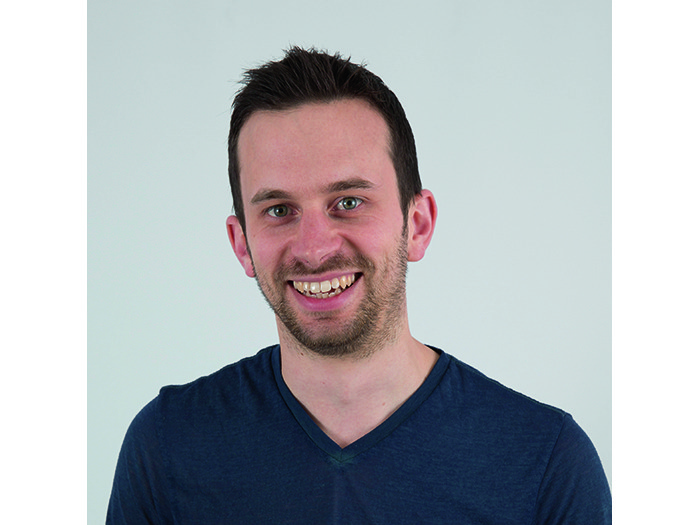Why did you initially enter into a career in pro audio?
“Growing up playing in various bands, I was always ‘that guy’ who recorded the group as well as provided the PA system for rehearsals and a lot of our shows. So over time I built up a large collection of recording and reinforcement kit. Initially as a means of funding more equipment, I would hire out my PA system with me as engineer, as well as record a lot of local bands in my parents’ living room. It turns out that I really enjoyed it – often more than performing. I went to the University of Surrey and studied Music and Sound Recording, which gave me a great grounding in music theory as well as the art and science of audio. I also got exposure to a number of opportunities in pro audio, outside of engineering.”
How did your journey with Focusrite begin?
“I joined Focusrite in 2010 as Media Coordinator for the UK and Germany. I would manage reviews and advertising with the press as well as represent the company at tradeshows such as Musikmesse. Before long I moved into the Brand Manager role, focusing on outbound messaging and marketing campaigns. In 2012 I joined the Product Management team where I immediately took on RedNet and the ISA series.”
As a Senior Product Manager, can you explain what the key aspects of your job entails with the end user?
“It’s highly important that my operational and workflow knowledge is always up to date. The only way to truly ensure that remains the case is to engage with end users on a regular basis. I do this in a number of ways: email or telephone correspondence, visits to their facility or performance and, of course, trade shows. It’s important to maintain good relationships with our clients to ensure that their voice is heard, and that they feel they have someone to reach out to either with a new idea, or perhaps with a challenge they are facing.”
When Focusrite is developing a new product, how do you personally engage with end user engineers?
“The discussions with engineers are always ongoing, so there isn’t a specific point during the development of a new product that we would start to engage with them. I am always interested in hearing about the pain points that engineers are currently experiencing, both with our products, or with products we don’t (yet) make. Sometimes new product ideas are cooperatively evolved on the spot, other times I will approach engineers with a concept. That concept might start as a sketch, but soon evolve into a physical model or even a mock up user interface in software. Those same engineers will then review beta versions of hardware and software as the project progresses.”
How important is The NAMM Show as a launch platform for your customers?
“NAMM is probably still the largest music products tradeshow in the world, so it represents a great opportunity for customers to get a 360 degree view of what’s new. As a result, it generates a lot of visits from customers in all aspects of music production: recording studios, mastering studios, live performance. This makes it ideal for reaching a large number of varied audio professionals.”
What trends are you predicting for 2018?
“Well that would perhaps be giving away too many secrets! However, I would say the continuation of Audio-over-IP adoption across all aspects of the audio industry would be right up there. The growth we’ve seen in that area over the past couple of years has been fantastic, and it shows no signs of abating.”


